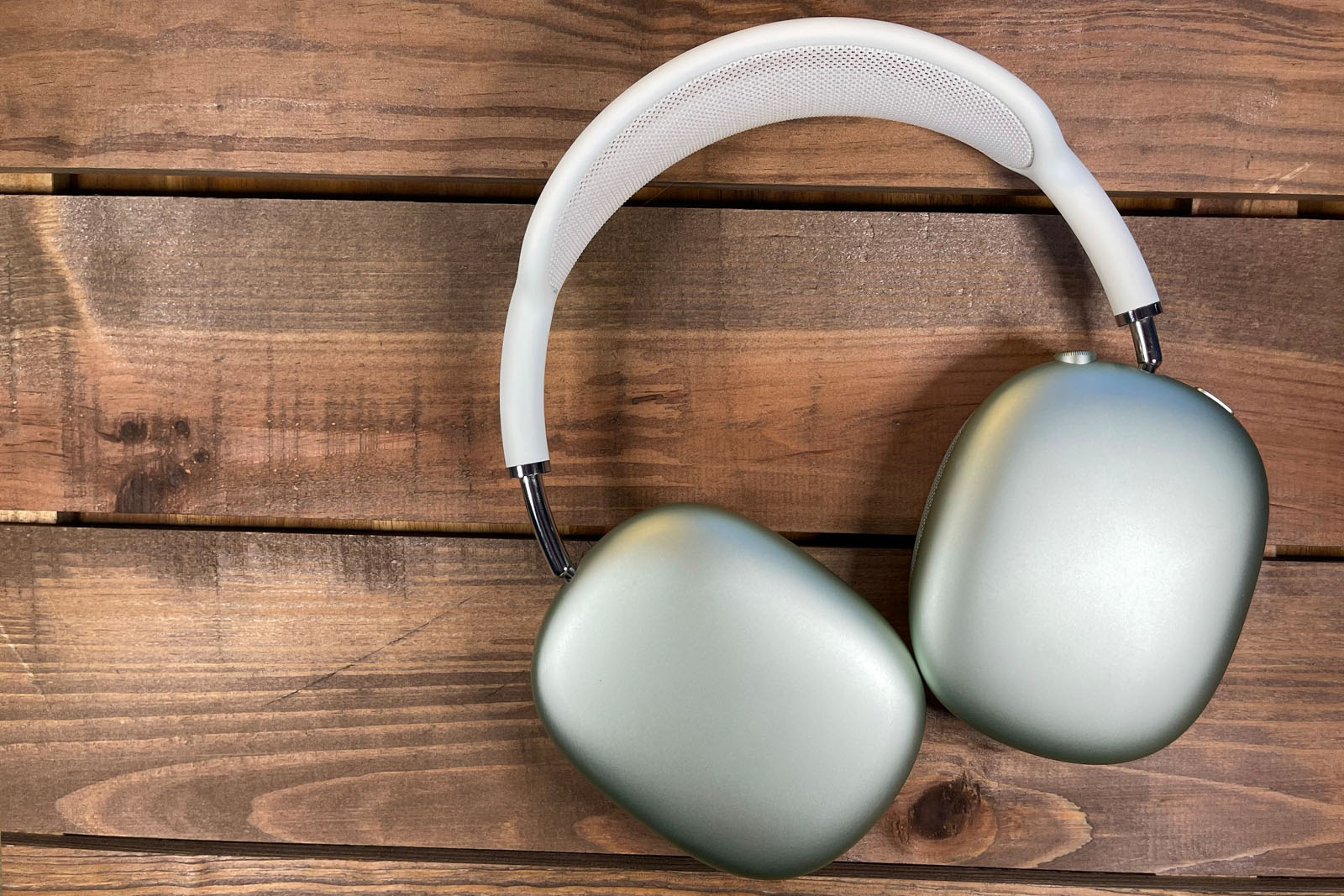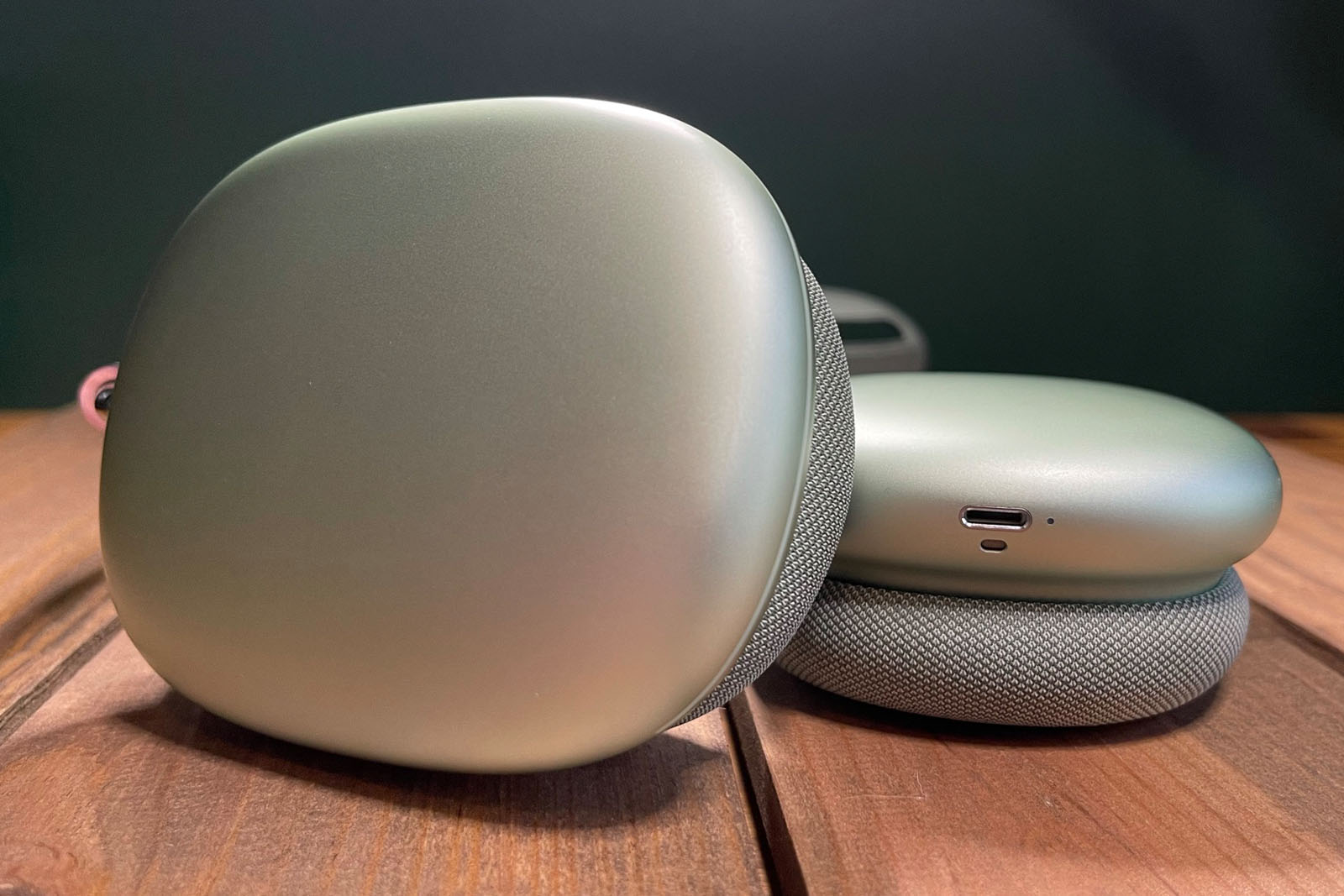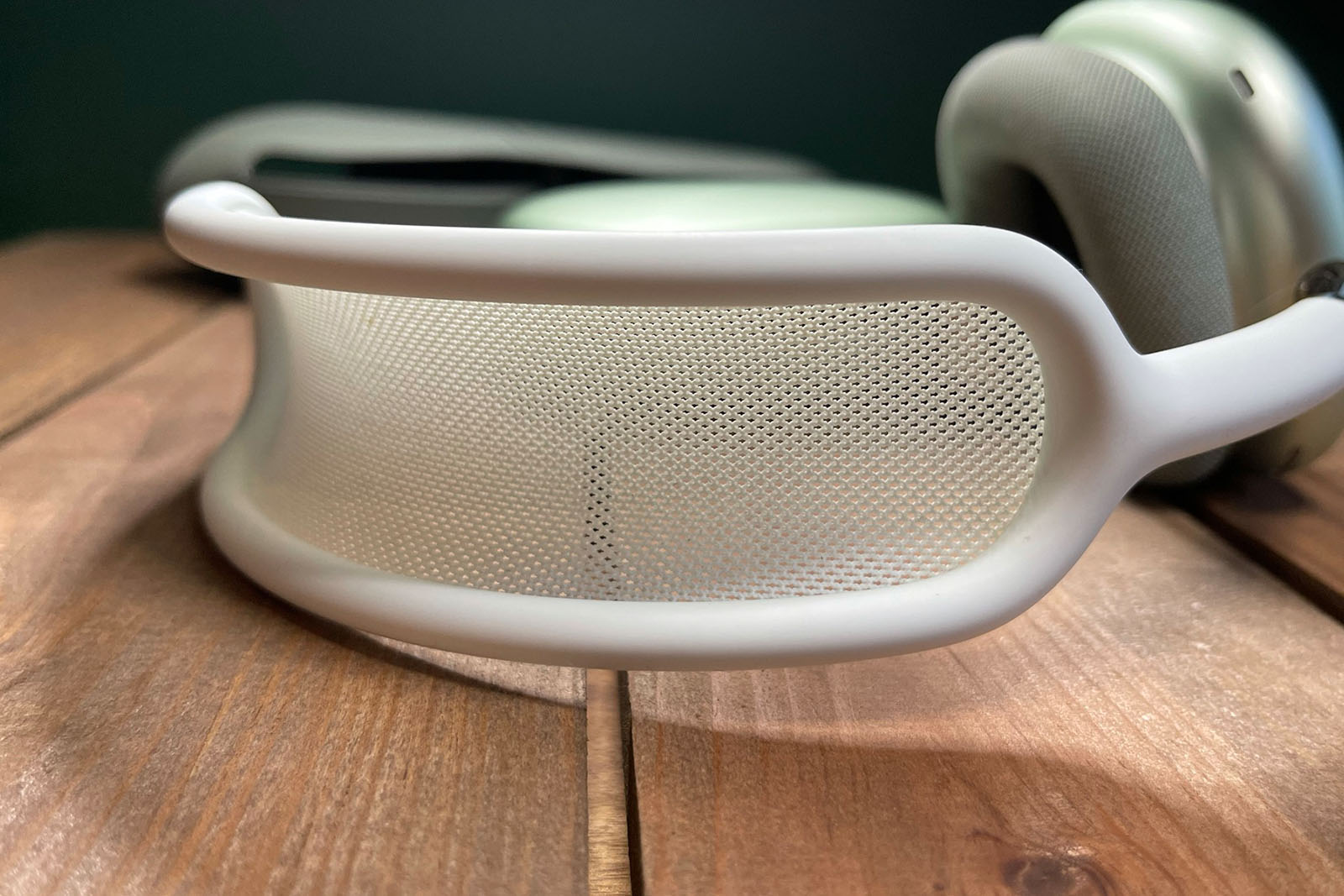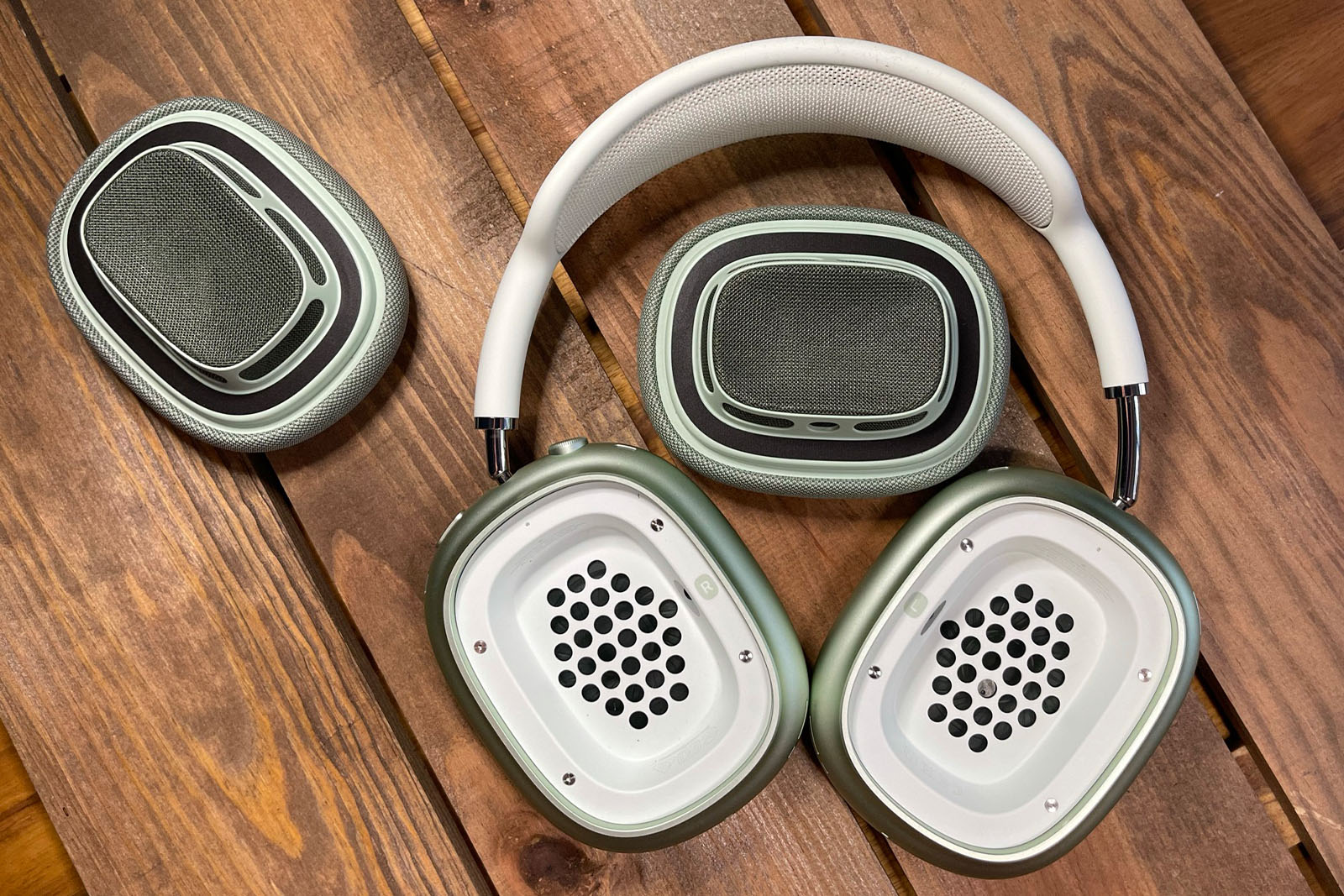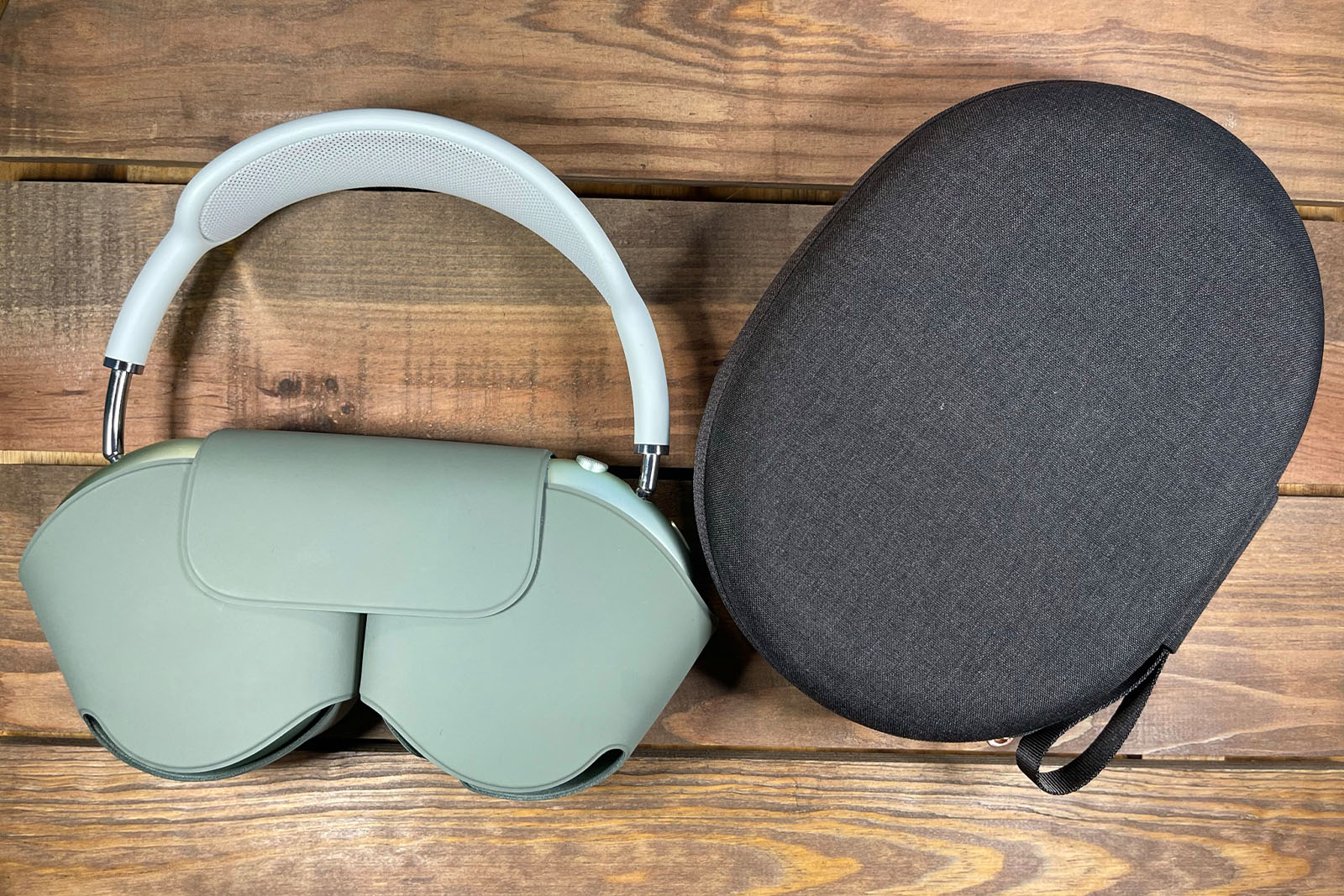Optus Mobile Review ALDI Mobile Review Amaysim Mobile Review Belong Mobile Review Circles.Life Review Vodafone Mobile Review Woolworths Mobile Review Felix Mobile Review Best iPhone Plans Best Family Mobile Plans Best Budget Smartphones Best Prepaid Plans Best SIM-Only Plans Best Plans For Kids And Teens Best Cheap Mobile Plans Telstra vs Optus Mobile Optus NBN Review Belong NBN Review Vodafone NBN Review Superloop NBN Review Aussie BB NBN Review iiNet NBN Review MyRepublic NBN Review TPG NBN Review Best NBN Satellite Plans Best NBN Alternatives Best NBN Providers Best Home Wireless Plans What is a Good NBN Speed? Test NBN Speed How to speed up your internet Optus vs Telstra Broadband ExpressVPN Review CyberGhost VPN Review NordVPN Review PureVPN Review Norton Secure VPN Review IPVanish VPN Review Windscribe VPN Review Hotspot Shield VPN Review Best cheap VPN services Best VPN for streaming Best VPNs for gaming What is a VPN? VPNs for ad-blocking As is custom with Apple products, you won’t find any significant discounts on the AirPods Max. At the time of writing, Catch has the Apple AirPods Max for $867 plus shipping, while Kogan has them for $879 plus shipping. Mobileciti has generously knocked a whole dollar off the Apple AirPods Max, effectively offering a 0.1% discount off the costly cans. Here’s how much you will pay for the AirPods Max at major Australian retailers. Take, for example, the missing 3.5mm headphone jack. Removing the headphone jack from iPhones was controversial, sure, but excluding it from an actual pair of headphones is utter madness. Even though I have several gaming headsets spread out across my house, I tend to use the Sony XM4s if I’m jumping in for a few quick rounds of Apex Legends. Mostly because they’re usually the closest pair of headphones to me but also because I can simply plug them into the bottom of the PlayStation 5 DualSense controller and be on my way. They sound great, and I haven’t had a single complaint about the quality of the mic. If I’m spending $899 on a pair of Apple AirPods Max, I’ve got two options: buy an additional gaming headset, or fork out $55 for a Lighting to 3.5mm Audio adapter. Either way, forking out for the AirPods Max inevitably leads to spending even more money if you want to make the most out of them. For one, there’s comfort. Everything that Apple manufacturers has to have a premium feel, above all else. You can question the overall aesthetic of the Apple AirPods Max but there’s no denying their top-quality feel in the hand. A lot of this is thanks to the heft of the anodised aluminium casing on the cups but that extra weight (384.8g) can also get a little irritating after extended sessions. I wouldn’t say uncomfortable, the AirPods Max are a delight to wear. The banana-holster bungie-mesh headband might look strange but it’s a great design that offers great support over long sessions and the detachable fabric ear cups manage to be breathable without compromising the noise cancellation. Still, the sheer weight of the ear cups is heavy enough to drag the headphones down and it’s a relief to take them off at the end of a long day. I’ve never really had that with Sony’s 254g XM4s. The AirPods Max also offer AAC codec support exclusively, whereas the Sony XM4s offer SBC, AAC and LDAC support. That’s fine for Apple users (who are clearly the primary audience) but not so great for anyone using the AirPods Max with non-Apple devices. Most of the other technical specs are pretty on-par across both headsets. They both use 40mm drivers, neodymium magnets and get roughly the same battery life. In our tests, the Apple AirPods Max lasted a little longer, roughly 21 hours, while the XM4s lasted just about 19.5 hours. The Apple AirPods Max also charged to 100% capacity quicker than the XM4s did in our tests. So far, I’ve been most impressed by the AirPods Max’s delivery of live performances. I don’t think I’ve ever felt closer to front-stage than I did listening to Ben Folds Live for the first time with AirPods Max. During One Angry Dwarf and 200 Solemn Faces, Ben effortlessly transitions from the thundering solo arrangement to the rumbling bridge (‘You’ll be sorry one day, yes you will, yes you will’), egged on by the crowd’s arrhythmic clapping and cheers, each forceful thump of the keys more aggressive than the last. It felt like everyone in the audience is accounted for, and Ben’s comedic vocal flourishes (like a quiet, breathless quip) feel more intimate than ever. I don’t think I’ve ever experienced a recorded live performance with the same level of clarity (at least from the comfort of my office chair). I had a similar experience with the studio version of Seven Nation Army by The White Stripes. There’s no mess or loss of clarity when the driving bass riff meets the heartbeat of the drums, both have enough space to breathe. Things aren’t quite as clean when the crash cymbal and electric guitar collide right before the chorus and the drums are just slightly washed out by the wailing guitar solo at the two-minute mark. Still, the bass is punchy where it needs to be while taking a backseat at the crescendo. The Sony WH-1000XM4s deliver more overwhelming lows in default settings. I prefer the boosted bass but it’s not for everyone. That said, Sony WH-1000XM4 users have a greater level of control over their EQ settings thanks to Sony’s headphones app. AirPods Max EQ settings do exist, and they are incredibly user-friendly, but they’re buried deep in your iPhone’s audio settings. The difference isn’t night and day. And if the focus of this article wasn’t Apple AirPods Max, the story would be that Sony’s $399 noise-cancelling headphones go toe-to-toe with Apple’s pricey cans. Still, Apple’s H1 processing chips (one in each cup) is proving their worth. Past attempts at ambient sound have, at best, simulated an underwater effect on voices. At worst, it delivers a garbled cacophony of voices and environmental sounds. The ambient sound on the Apple AirPods Max feels far more natural. Some noises are given too much of a spotlight, like the clatter of a mechanical keyboard but you’ll typically have noise-cancelling switched on if you’re typing anyway. What separates Apple’s technology from the herd is the way it locks the source of dialogue to the device you’re watching on. If you turn your head right, voices will play through the left speaker and vice versa. It doesn’t sound that impressive on paper but it is a one of a kind experience in practice. Spatial audio is available across a variety of Dolby Atmos compatible streaming services. Here in Australia, your options are pretty much Apple TV Plus, Disney Plus and, oddly enough, Foxtel Go. At the moment, it doesn’t seem like Netflix and Prime Video are coming to the party, despite offering Dolby Atmos support. For the sake of this review, we tested it with the Apple TV Plus exclusive Mythic Quest: Raven’s Banquet (MQ) and what a feast for the eyes and ears it was. There was something almost too personal about feeling like you’re in the room in a scripted comedy but it also helped MQ’s more poignant episodes (such as A Dark Quiet Death) feel more unfiltered and raw. As a result, the Apple AirPods Max continue to drain battery when they’re not in use. Not a lot of battery, mind you, but enough that on a few occasions, I’ve sat down at my desk and put the headphones on only to hear the battery depleted alert ring through my ears. The design of the Smart Case has received a fair thrashing already but not only does it look silly, it also does a poor job of protecting your $899 headphones. The thin mesh headband is left exposed, leaving it vulnerable to tears and spills and I’ve found the magnetic clasp to be unreliable. Typically, if you didn’t like the case your headphones came with, you simply wouldn’t use it, but the Apple AirPods Max battery-saving features make it a necessity. There are much more protective aftermarket cases available, but again, the last thing you want is to spend an extra $40 to $60 on top of the $899 forked out for the headphones. I hate that I love the AirPods Max as much as I do. They’re an impressive bit of kit and the technology packed into each earcup feels seriously polished. Noise-cancelling, spatial audio and ambient sound features are nothing new, but Apple’s execution is world-class. The sound is balanced incredibly well out of the box and you won’t be scrambling for the EQ settings. It’s like they were built for everyone but priced for a few which is a disappointing turn after Apple was praised for releasing a somewhat affordable iPhone SE and momentarily yielding on smartphone cost increases with the iPhone 12 range.
